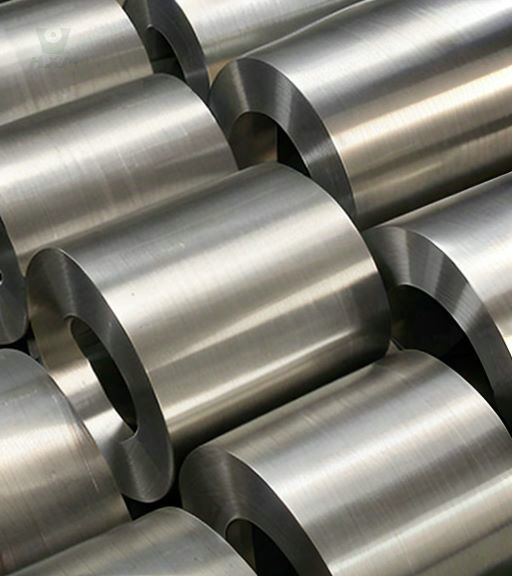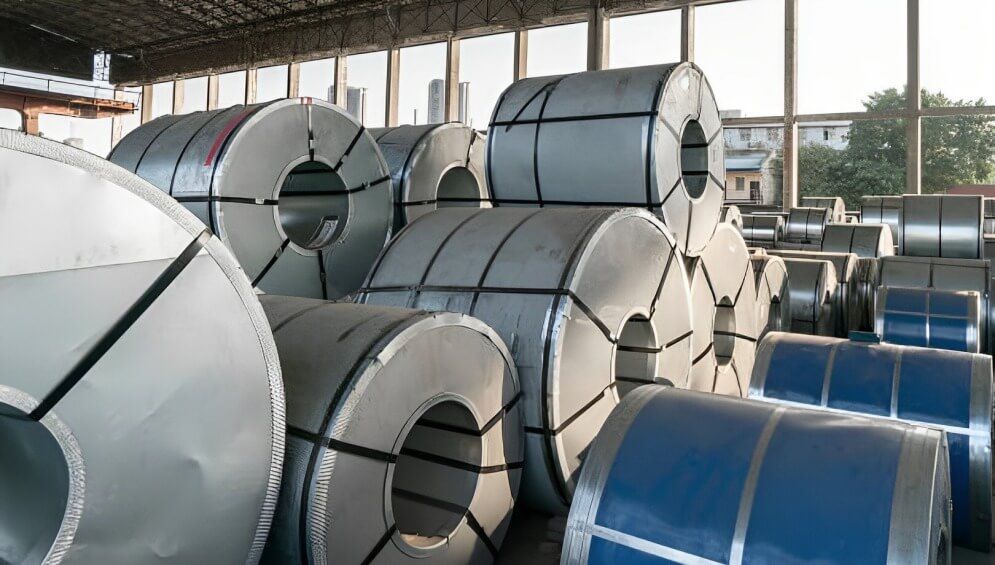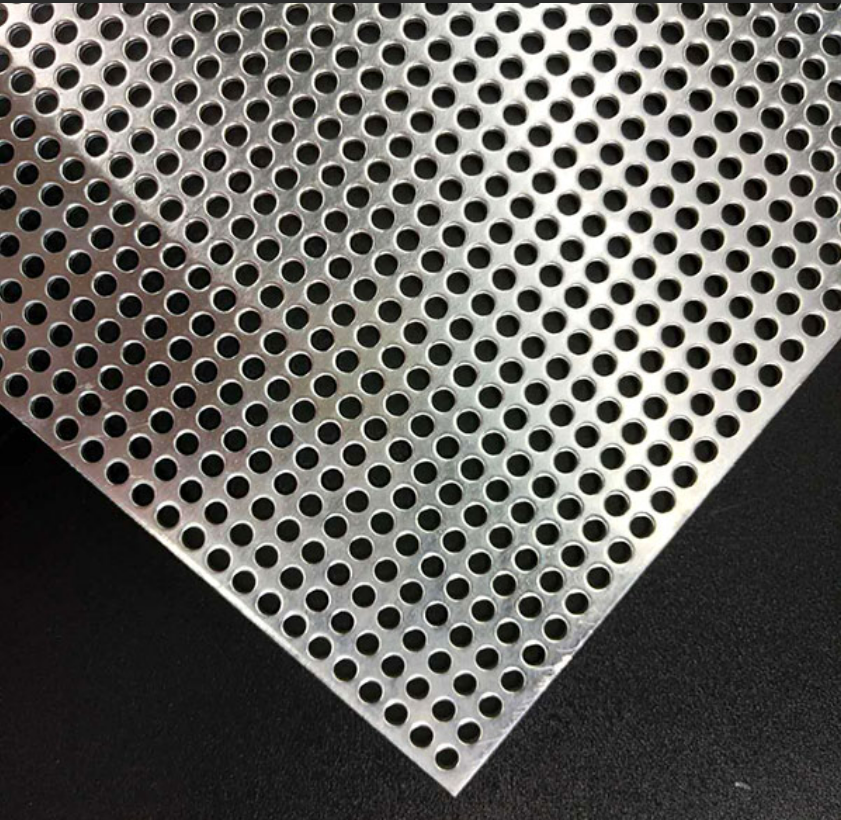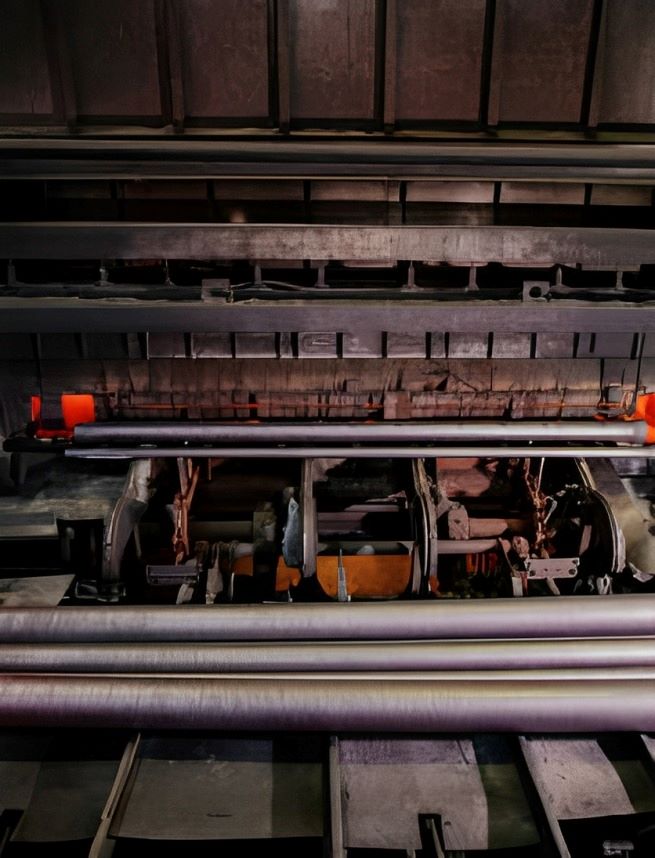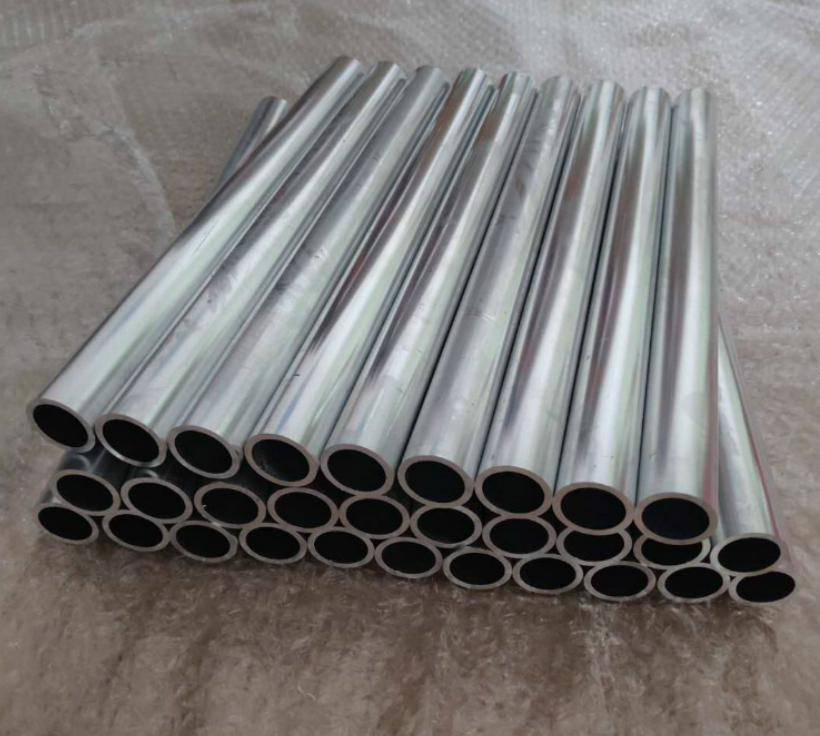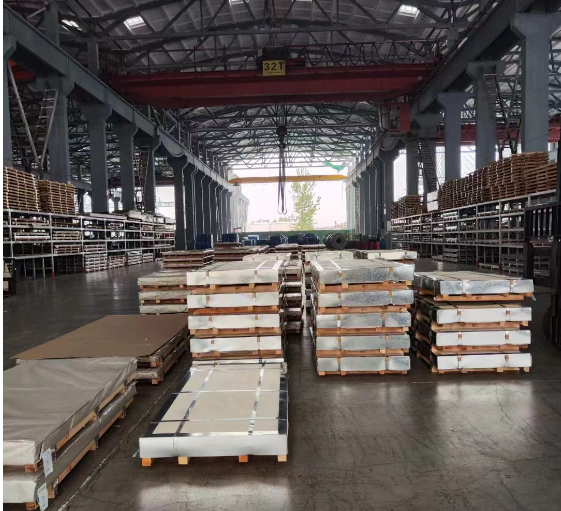Can You Spray Paint Stainless Steel?
Spray painting has long been a popular method for adding color and personalization to different surfaces. From wood and plastic to metal and glass, it offers a quick and convenient way to achieve desired effects.
Ever looked at your stainless steel appliances or fixtures and thought about giving them a new, vibrant look with a fresh coat of paint? Is it even possible to spray paint stainless steel? The idea might raise questions about the compatibility of paint with this corrosion-resistant material. In this blog, we’ll dive into the intriguing world of stainless steel and explore whether painting it is a viable option. From the science behind adhesion to the best practices for a successful makeover, we’ll unravel the mysteries of rejuvenating your stainless steel surfaces with a splash of color.
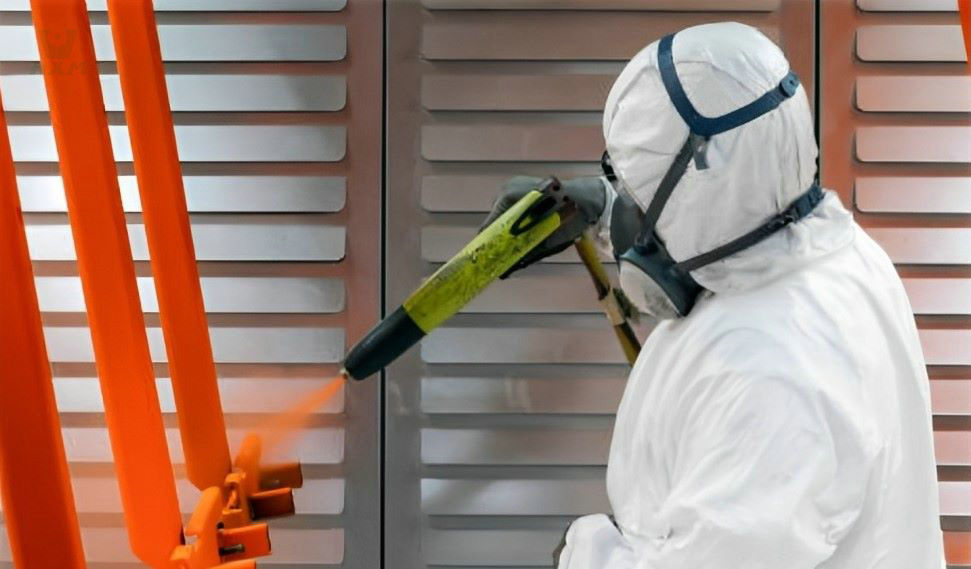
-Huaxiao Stainless Steel Suppliers
How To spray paint stainless steel?
You can spray paint stainless steel, but it comes with some important considerations. Stainless steel is known for its resistance to corrosion and oxidation, and this property can make it a bit challenging to paint effectively. To ensure a successful paint job, you must:
Preparation: Properly clean the stainless steel surface to remove any contaminants or residues, ensuring a clean, dry, and smooth surface for the paint to adhere to.
Primers: Use a high-quality primer designed for metal surfaces. A primer promotes adhesion and helps the paint bond to the stainless steel effectively.
Paint Type: Select an appropriate paint type, such as epoxy-based paints or paints specifically formulated for metal surfaces, to ensure durability and long-lasting color.
Application: Apply the paint in thin, even coats, and allow sufficient drying time between coats.
Protection: After painting, consider applying a clear sealant to protect the painted surface and enhance longevity.
Spray painting stainless steel can provide a new look or protect the metal in certain applications. However, thorough surface preparation and selecting the right materials are essential to achieve a successful and long-lasting finish.
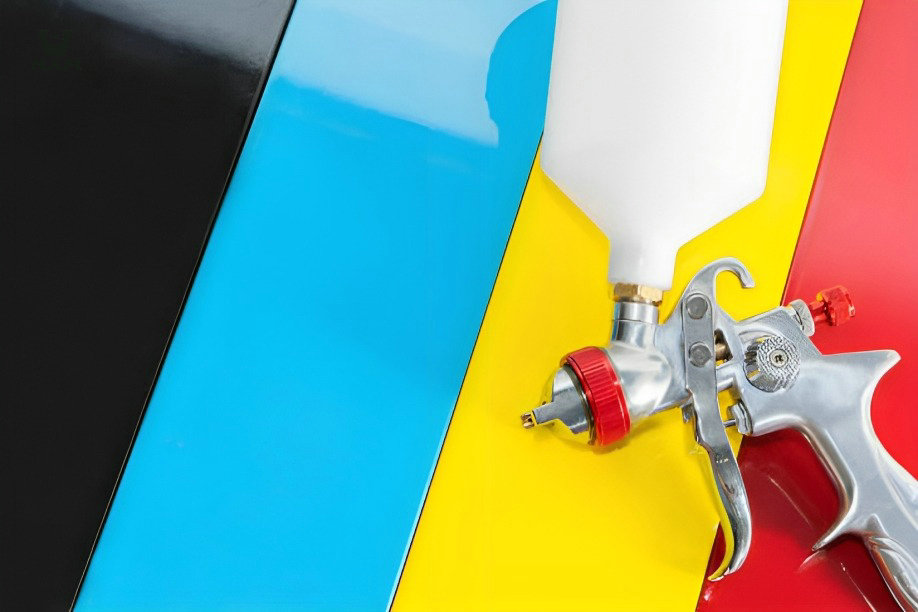
-Huaxiao Stainless Steel Suppliers
the challenge of painting stainless steel
Stainless steel is celebrated for its exceptional properties, notably its remarkable corrosion resistance. This resistance is primarily attributed to the presence of chromium (Cr), which, when exposed to oxygen, forms a self-repairing passive oxide layer on the stainless steel surface. This passive layer acts as a protective shield, preventing further oxidation and corrosion. The result is a material that can withstand the harshest of environments and aggressive substances, making it an ideal choice for a variety of applications.
However, it’s precisely this corrosion-resistant nature that presents a unique challenge when attempting to spray paint stainless steel. The adhesion of paint to stainless steel can be problematic due to the very properties that make stainless steel highly desirable in the first place. The passive oxide layer, while protecting the steel, can also inhibit paint from effectively adhering to the surface.
As a result, ensuring proper adhesion becomes paramount when one aims to spray paint stainless steel. The adhesion challenge necessitates meticulous surface preparation, the use of appropriate primers, and the selection of paint types that are specially formulated for metal surfaces. Stainless steel suppliers often play a crucial role in providing insights into the most suitable grades for painting applications.
To overcome this challenge and achieve a successful paint job, it is essential to navigate the delicate balance between preserving the corrosion-resistant qualities of stainless steel and introducing a vibrant, protective, and long-lasting layer of paint. The scientific understanding of these properties is key to effectively modifying the appearance of stainless steel through spray painting.
Preparation for Spray Painting
To successfully spray paint stainless steel, meticulous surface preparation is paramount. The nature of stainless steel, with its protective chromium oxide layer, presents challenges to achieving effective paint adhesion. Therefore, adequate surface preparation is essential in ensuring the paint bonds securely to the stainless steel surface.
Effective surface preparation initiates with thorough cleaning. Stainless steel surfaces must be entirely free from any contaminants that could impair paint adhesion. Contaminants such as dirt, grease, or residues need to be meticulously removed to ensure a pristine surface for painting. Cleaning is essential for two primary reasons:
Contaminant Removal: Cleaning eliminates any foreign substances that could impede the paint’s ability to bond with the stainless steel. By removing these contaminants, a clean surface is established for the paint to adhere to.
Enhanced Adhesion: A clean surface promotes better adhesion. Paint adheres more effectively to a clean surface, reducing the risk of flaking or peeling over time.
In addition to cleaning, surface smoothing is a vital component of the preparation process. This entails techniques such as sanding or abrasion, which serve a dual purpose:
Contaminant Removal: Sanding further eliminates any residual contaminants that may have been missed during the cleaning process. It ensures that the surface is entirely free from potential adhesion-hindering substances.
Texture Enhancement: Smoothing the surface through sanding creates a textured, microscopically rough surface. This texture improves the grip and adhesion of the paint, enhancing the bond between the paint and stainless steel.
To facilitate optimal paint adhesion to stainless steel, it is vital to establish an ideal surface that is clean, smooth, and devoid of contaminants. This ideal surface serves as a foundation for the subsequent layers of paint to adhere securely, overcoming the inherent resistance of stainless steel to adhesion.
The creation of this ideal surface not only enhances the visual appeal of the final paint job but also contributes to its durability and longevity. Stainless steel suppliers are often well-versed in the importance of this preparation, and they can provide guidance on the most suitable grades of stainless steel for spray painting applications.
In summary, surface preparation is a critical step in the process of spray painting stainless steel. It involves cleaning and smoothing the stainless steel surface to create an ideal foundation for paint adhesion, ensuring that the paint forms a strong and long-lasting bond with the metal. This process is essential for achieving a successful and visually pleasing paint finish on stainless steel surfaces.
-Huaxiao Stainless Steel Suppliers
Priming Stainless Steel
Primers play a pivotal role in the process of spray painting stainless steel, acting as a crucial intermediary layer that fosters strong and enduring adhesion of paint to the stainless steel surface.
the role of primers in promoting paint adhesion
- Enhancing Adhesion: The primary function of a primer is to enhance adhesion, creating a bridge between the stainless steel and the paint. Stainless steel's inherent resistance to adhesion, due to its protective chromium oxide layer, necessitates this intermediary step. The primer serves as a bonding agent, ensuring that the subsequent paint layers firmly grip the stainless steel surface.
- Chemical Compatibility: Primers are formulated with components that are chemically compatible with both the stainless steel surface and the type of paint being used. Stainless steel suppliers often provide guidance on selecting the right primer for specific stainless steel grades. The chemical compatibility between the primer and the stainless steel ensures that the primer adheres securely to the surface without any adverse reactions.
- Barrier Against Corrosion: In addition to promoting adhesion, primers also act as a protective barrier against corrosion. They create an additional layer that shields the stainless steel from environmental factors that could compromise the integrity of the metal. This is especially critical when spray painting stainless steel, as the paint itself provides an extra layer of defense against corrosion.
- Uniform Surface: Primers contribute to creating a uniform and consistent surface for the paint application. They fill in imperfections and irregularities on the stainless steel surface, ensuring that the subsequent layers of paint adhere evenly. This uniformity is vital for achieving a smooth and visually appealing finish.
In conclusion, primers are a crucial component of spray painting stainless steel, serving as a scientific solution to the challenge of adhesion. By facilitating a secure bond between the paint and stainless steel, ensuring chemical compatibility, providing corrosion protection, and creating a uniform surface, primers play an indispensable role in achieving a successful and long-lasting paint job on stainless steel surfaces. Stainless steel suppliers can offer valuable insights into selecting the most appropriate primers for specific stainless steel applications.
the types of primers suitable for stainless steel surfaces
Selecting the appropriate primer for stainless steel surfaces is a critical step in ensuring a successful spray paint application. The choice of primer must align with the specific characteristics and challenges posed by stainless steel while enhancing adhesion. Here, we delve into the types of primers suitable for stainless steel surfaces and the scientific rationale behind their selection:
- Epoxy-Based Primers: Scientific Rationale: Epoxy-based primers are well-suited for stainless steel due to their excellent adhesion properties. Epoxy resins chemically bond with the metal surface, ensuring a strong and durable adhesion. This chemical compatibility is critical in overcoming stainless steel's resistance to adhesion, making epoxy-based primers a suitable choice.
- Acrylic Primers: Scientific Rationale: Acrylic primers are often used for their versatility and compatibility with various paint types. They offer good adhesion to stainless steel surfaces, providing a dependable bond. Their chemical composition ensures that they adhere securely to the metal, laying the foundation for the subsequent layers of paint.
- Zinc-Rich Primers: Scientific Rationale: Zinc-rich primers are specifically formulated to provide enhanced corrosion protection. They contain a high concentration of zinc particles that create a sacrificial barrier, safeguarding the stainless steel from corrosion. This is particularly valuable when spray painting stainless steel, as it complements the corrosion resistance of stainless steel itself.
- Polyurethane Primers: Scientific Rationale: Polyurethane primers are renowned for their durability and resistance to environmental factors. They adhere well to stainless steel surfaces, offering an additional layer of protection against corrosion and wear. Their chemical properties facilitate a robust bond between the primer and the metal.
The selection of a suitable primer for spray painting stainless steel should be based on an understanding of the specific stainless steel grade and the desired paint type. Stainless steel suppliers often possess valuable insights into which primer will best complement a particular stainless steel application. By choosing the right primer, you can address the scientific challenges of adhesion and enhance the overall success of the spray painting process on stainless steel surfaces.
Key Facts about Painting Stainless Steel
Avoid
- High Temperatures: Do not use chlorinated rubbers and vinyl top coats for temperatures above 70°C.
- Corrosive Environments: Avoid alkyd enamels in alkaline or aggressive corrosive environments.
Advice
- Consult Experts: Contact paint manufacturers for advice on suitable paint systems for specific environments.
Welded Stainless Steel
- Joint Protection: When welding stainless steel to carbon steel, extend the paint over the weld and at least 25 mm of the adjacent stainless steel to prevent corrosion, especially in wet or immersion conditions where it can accelerate carbon steel corrosion.
Techniques of Spray Paint stainless steel
The application of paint to stainless steel surfaces through spray painting techniques is a carefully orchestrated process that combines science and artistry. Here, we delve into the scientific intricacies of this process, aiming to elucidate the steps involved:
process of spray paint stainless steel
- Surface Preparation: As previously discussed, meticulous surface preparation is the foundation of a successful paint job on stainless steel. Cleaning and smoothing the surface ensure a clean, uniform canvas for the paint. This is crucial for effective paint adhesion and longevity.
- Priming: Priming serves as a crucial intermediary step. The primer enhances adhesion by creating a bridge between the stainless steel surface and the paint. This is particularly important due to stainless steel's resistance to adhesion. The primer also contributes to the uniformity of the surface, essential for achieving a visually appealing finish.
- Selection of the Right Paint: The choice of paint type, such as epoxy-based, acrylic, or polyurethane, is critical. The scientific basis lies in the compatibility of the paint with stainless steel. The selected paint should bond effectively with the metal surface, ensuring a durable and aesthetically pleasing finish.
- Spray Painting Application: Spray painting involves the atomization of paint into tiny droplets that are propelled onto the stainless steel surface. The process relies on principles of fluid dynamics and atomization to disperse the paint evenly. The paint's viscosity, atomization pressure, and spray nozzle diameter are scientifically adjusted to achieve the desired coating thickness and finish.
- Even Coats and Drying Time: Achieving even coats is crucial for a uniform finish. The number of coats and the drying time between coats are scientifically determined to ensure proper adhesion and curing. These parameters play a critical role in the final appearance and durability of the paint.
- Quality Control: Quality control measures, such as inspection and testing, are scientifically employed to verify the quality of the paint application. This includes assessing adhesion, coverage, and visual appearance, ensuring the paint adheres securely to the stainless steel surface.
- Clear Sealants (Optional): After spray painting, the application of clear sealants, if desired, is scientifically sound. These sealants provide an additional protective layer, enhancing the paint's longevity and durability. Stainless steel suppliers often play a vital role in this process, offering scientific insights into the selection of the right stainless steel grade and providing guidance on surface preparation and compatibility with specific paints. By understanding the scientific principles behind each step of the process, one can achieve a successful spray paint application on stainless steel surfaces, ensuring both aesthetics and functionality.
cautions of spray paint stainless steel
In the spray paint of stainless steel, the importance of applying thin, even coats and allowing for the appropriate drying time cannot be overstated. The scientific rationale behind these aspects is integral to the overall success of the paint application:
- Thin, Even Coats: Scientific Rationale: The thickness of each paint coat is a critical factor in achieving a uniform and durable finish. Applying thin coats serves to prevent issues such as sagging or dripping, which can compromise the quality of the final paint job. By uniformly distributing a thin layer, it is easier to control the consistency of the coating, contributing to the aesthetic appeal and long-term performance.
- Proper Drying Time: Scientific Rationale: Allowing adequate drying time between coats is essential for several reasons. Scientifically, it permits the solvent within the paint to evaporate, promoting the binding of the paint particles to the surface. Insufficient drying time can lead to poor adhesion, while excessively long drying times can result in an uneven finish. Proper drying time also enables the paint to reach its optimal curing and hardness, ensuring long-lasting durability.
Stainless steel suppliers often offer scientific recommendations regarding the ideal drying time and the number of coats for specific stainless steel applications. By adhering to these scientific guidelines and applying thin, even coats with the proper drying intervals, one can achieve a spray paint finish on stainless steel that is not only visually pleasing but also scientifically sound in terms of adhesion and durability.
Protection and Longevity
post-painting steps after spray paint stainless steel
Post-painting steps, particularly the application of clear sealants, play a crucial role in safeguarding the painted surface of stainless steel. These steps are informed by science and are essential for maintaining the durability and aesthetic appeal of the paint job. Here, we delve into the scientific aspects of these protective measures:
- Clear Sealants: Clear sealants, often made of acrylic or polyurethane compounds, are applied to the painted stainless steel surface to provide an additional layer of protection. The scientific basis for this lies in the sealant's ability to shield the paint from environmental factors such as moisture, UV radiation, chemicals, and physical wear. The sealant forms a clear, impermeable barrier that safeguards the integrity of the paint and prevents it from degrading over time.
- Corrosion Resistance: Stainless steel is renowned for its resistance to corrosion, but the painted surface may be vulnerable to degradation. Clear sealants act as a corrosion-resistant layer, adding an extra level of protection against rust or oxidation. This is particularly important in outdoor or harsh environments where the painted stainless steel is exposed to various corrosive agents.
- UV Protection: UV radiation from sunlight can cause fading and deterioration of paint. Clear sealants with UV-resistant properties scientifically block harmful UV rays, preventing color fading and ensuring that the paint retains its vibrancy and appearance over an extended period.
- Chemical Resistance: Clear sealants offer chemical resistance, guarding the paint against the potential damage caused by exposure to chemicals or cleaning agents. The scientific composition of these sealants creates a barrier that shields the paint from chemical interactions, preserving its quality.
Stainless steel suppliers are valuable resources for scientific guidance on the selection of appropriate clear sealants for specific stainless steel applications. By applying clear sealants and following scientifically informed post-painting steps, one can significantly extend the longevity and protection of the paint on stainless steel surfaces, ensuring that it remains visually appealing and functional for an extended period.
Conclusion
In summary, our exploration of the science behind spray painting stainless steel underscores the critical importance of meticulous surface preparation, scientifically chosen primers, the selection of compatible paint types, and precision in application techniques. Can you spray paint stainless steel? Absolutely, thanks to the scientific principles that guide the process, with invaluable insights from stainless steel suppliers.
This journey highlights the boundless potential for modifying the appearance of stainless steel, merging artistry and engineering. The culmination of these elements not only assures stainless steel’s resistance to corrosion but also ensures its ability to stand as a vibrant, durable, and aesthetically appealing material for an array of applications. The fusion of science and creativity unlocks a world of possibilities, transforming stainless steel into a canvas of enduring, colorful potential. It’s a testament to the enduring partnership between art and science, creating functional, visually captivating, and corrosion-resistant wonders.


